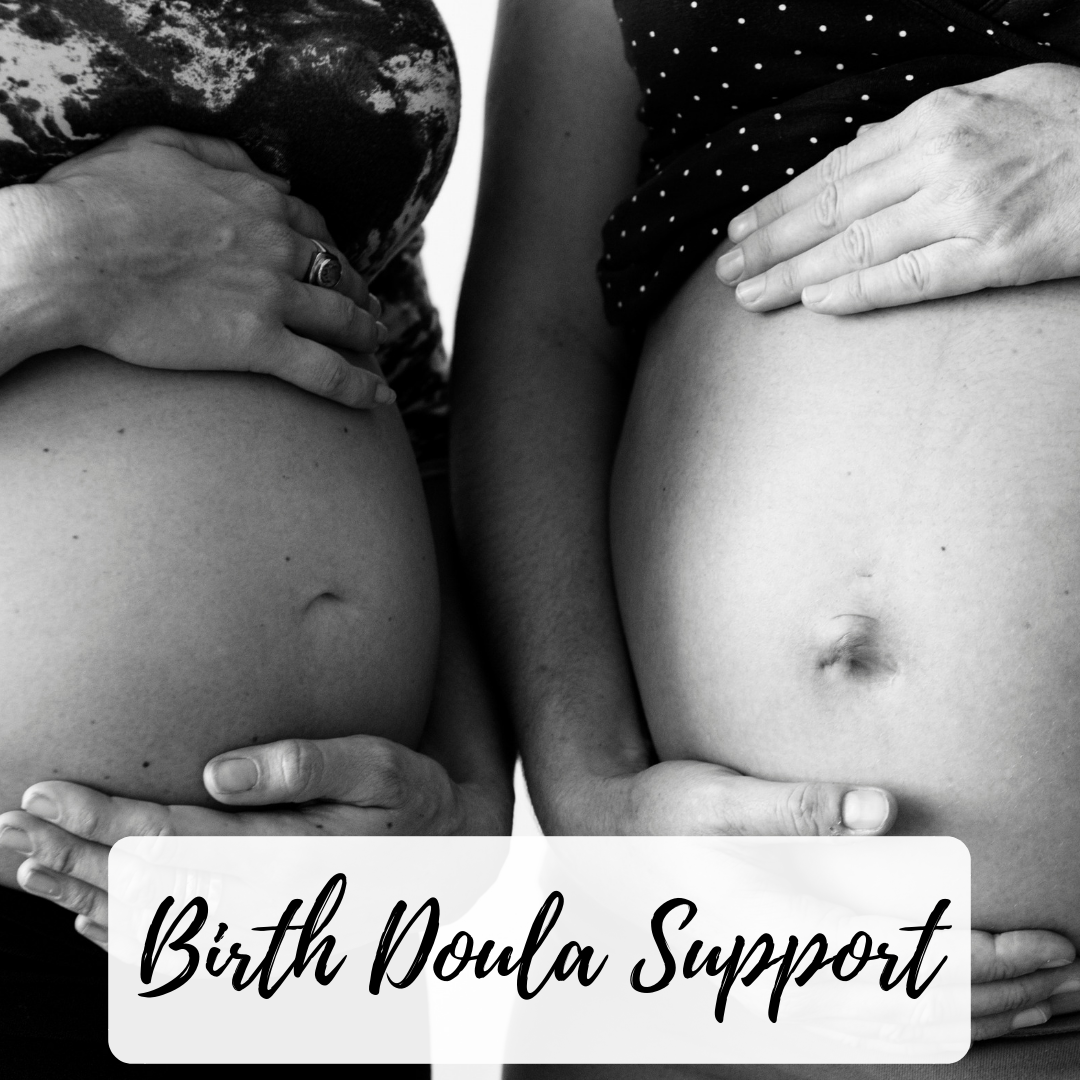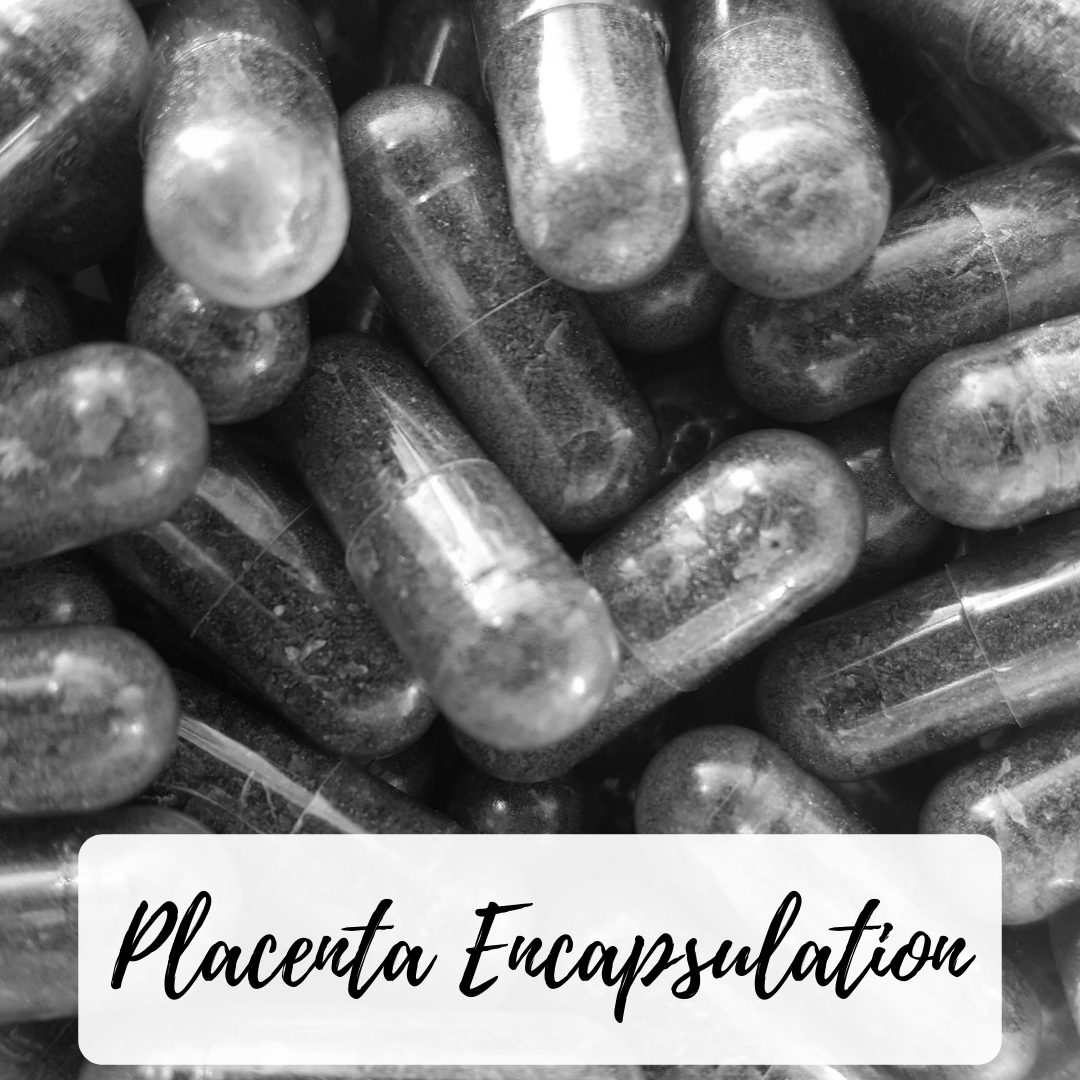Laughing gas. Nitrous Oxide. Entonox. These are all names for what is simply called “gas and air” in Ireland and throughout Europe.
Gas and air is a mixture of nitrous oxide + oxygen and a form of pain relief which is commonly used in maternity hospitals in Europe. Its use is now expanding to maternity hospitals in the United States. If you have had a dental procedure done in the past, it may have been offered to you at the time. Gas and air is considered a systemic form of pain relief, which means it reaches all of the body. It is a tasteless and odourless inhalant, meaning it is typically inhaled either through a mask or a tube that expectant mother’s blow in and out of. Nitrous oxide does reach the entire body, however, it does not create a loss of muscle movement or loss of feeling.
Nitrous oxide is most effective when it is timed properly along with your contracts.
Optimal use is when a person in labour starts inhaling approximately 30 seconds before a contraction begins so the drug peaks essentially when the contraction, or surge, is also peaking. This may be difficult to do for many and may mean that the drug is not being as effective as it could be during the most intense part of the contraction.
THE BENEFITS OF USING GAS AND AIR
The labouring person has full control of use- they can start and stop use when they like
Begins working within one minute of use
A less invasive pain relief option, especially for those who cannot or do not want an epidural
Does not inhibit the ability to move
Relaxes the labouring mother and encourages her to focus on her breathing- which can be a great distraction!
Can be used in combination with other forms of medical and non-medical pain relief options (pethidine, epidural, hydrotherapy and more)
Fewer side effects for new mums compared with other forms of pain relief, including narcotics (pethidine) and epidural
Fewer side effects for baby when compared to other forms of pain relief, including narcotics (pethidine) and epidural
Can be used during all stages of labour, including following birth- for example, if stitches are needed or when the placenta is birthed
POTENTIAL RISKS OF USE
Nausea
Vomiting
Dizziness
Drowsiness, inability to focus
Less effective than other forms of pain management
Requires repeated use, having to constantly hold the mask/tube
Care provider exposure, especially if the person using the mask/tube is not exhaling into it properly
Can cause a deficiency of B12, especially for those who have the MTHFR gene mutation
If you have any questions about nitrous oxide use, please consult your midwife or doctor. While its most common use is within hospitals, gas and air may also be available for home births in your area! If you are looking for more support and guidance as you prepare for your amazing birth, reach out to work with me! I love meeting with you to go over all your options so you can decide what feels best for you!







